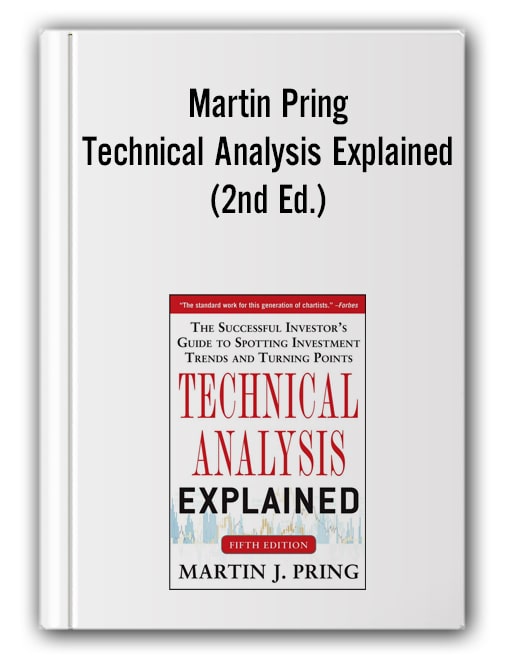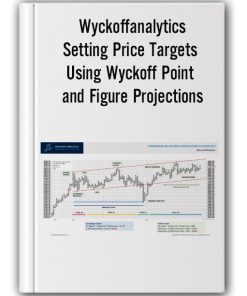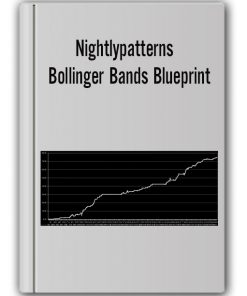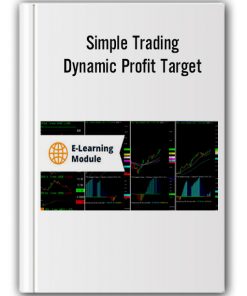Martin Pring – Technical Analysis Explained (2nd Ed.)
Only registered users can download.
Please LOGIN/REGISTER
Author: Martin Pring
- Trading books are a form of accounting ledger that contains records of all tradeable financial assets of a bank.
- Trading books are subject to gains and losses that affect the financial institution directly.
- Losses in a bank’s trading book can have a cascading effect on the global economy, such as those that occurred during the 2008 financial crisis.
Technical Analysis Explained (2nd Ed.)
Sale Page : Martin Pring
This product is available
This guide aims to provide technical analysis skills for identifying and interpreting market cycles and selecting the best-performing investments. The book examines market swings and analyzes the financial position of various investor groups. It also explores market indicators and indices, including price indexes, markets’ breadth, moving average, cycles, rates of change, and various methods of volume measurement. The book contains hundreds of illustrations to clarify key points.
From the Author
A standard work in the field
Technical Analysis Explained is now in its third edition and seventh language. Since the first edition came out in 1980, I’m told it’s grown to be one of the standard works in the field. Forbes Magazine described it as “Widely regarded as the standard work for this generation of chartists.” It’s used as one of the two recommended textbooks for the Market Technician’s Association (MTA) Certified Market Technician course, as well as being recommended by other technical societies around the world. The University of Richmond and Golden Gate University have used Technical Analysis Explained as a course textbook and listed it on their recommended reading list for finance students.
This comprehensive 520-page book is suitable for beginner and intermediate technicians alike. The contents are as follows:
Part I Trend Determining Techniques 1. Market Cycle Model 2. Financial Markets and the Business Cycle 3. Dow theory 4. Parameters for Intermediate-Term Trends 5. Price patterns 6. Flags, Pennants,Wedges and Gaps 7. Trendlines 8. Moving Averages 9. Momentum I 10. Momentum II 11. Point and Figure Charting 12. Miscellaneous Techniques 13. Putting the Techniques Together
Get: Martin Pring – Technical Analysis Explained (2nd Ed.)
Be the first to review “Martin Pring – Technical Analysis Explained (2nd Ed.)” Cancel reply
You must be logged in to post a review.
Related products
Forex & Trading
Personal Development
Forex & Trading
Forex & Trading
Forex & Trading
Forex & Trading
Forex & Trading












Reviews
There are no reviews yet.